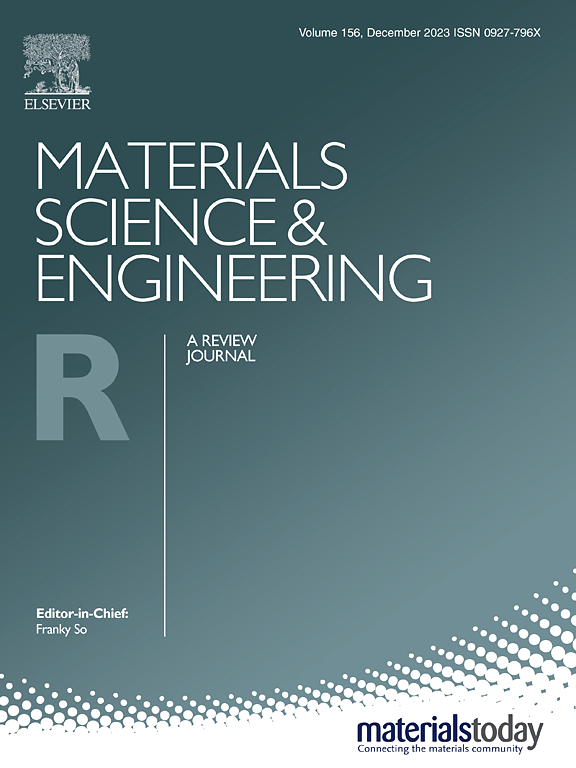A guided review of machine learning in the design and application for pore nanoarchitectonics of carbon materials
IF 31.6
1区 材料科学
Q1 MATERIALS SCIENCE, MULTIDISCIPLINARY
引用次数: 0
Abstract
Porous carbon materials have demonstrated significant potential in areas such as carbon capture, gas separation, energy storage, and catalysis, improving energy efficiency and aiding in reducing carbon emissions. With the advancement of global environmental policies, developing efficient and sustainable materials is critical to addressing energy and environmental challenges. However, traditional trial-and-error approaches are often costly and inefficient. Recently, the rapid development of artificial intelligence and machine learning (ML) has introduced data-driven methods to materials science, significantly improving the efficiency of new material development. This review summarizes the application of ML in porous carbon materials, outlining key learning processes and commonly used algorithms, and highlights the latest advancements of ML in porous carbon synthesis and applications, such as carbon capture, energy storage, and supercapacitors. Specifically, it discusses the impact of essential features, such as pore shape, surface area, and pore volume, on different applications, identifies research gaps for non-biomass precursors like coal and tar pitch, and proposes future research directions. This review aims to serve as a resource for ML applications in the field of porous carbon materials, promoting the efficient development and broad application of novel porous materials.
机器学习在碳材料孔纳米结构设计与应用中的导览
多孔碳材料在碳捕获、气体分离、能量储存和催化、提高能源效率和帮助减少碳排放等领域显示出巨大的潜力。随着全球环境政策的推进,开发高效和可持续的材料对于解决能源和环境挑战至关重要。然而,传统的试错方法往往成本高昂且效率低下。近年来,人工智能和机器学习的快速发展为材料科学引入了数据驱动的方法,显著提高了新材料开发的效率。本文综述了机器学习在多孔碳材料中的应用,概述了关键的学习过程和常用算法,并重点介绍了机器学习在多孔碳合成和应用中的最新进展,如碳捕获、储能和超级电容器。具体而言,讨论了孔隙形状、表面积和孔隙体积等基本特征对不同应用的影响,确定了煤和沥青等非生物质前体的研究空白,并提出了未来的研究方向。本文旨在为机器学习在多孔碳材料领域的应用提供参考,促进新型多孔材料的高效开发和广泛应用。
本文章由计算机程序翻译,如有差异,请以英文原文为准。
求助全文
约1分钟内获得全文
求助全文
来源期刊

Materials Science and Engineering: R: Reports
工程技术-材料科学:综合
CiteScore
60.50
自引率
0.30%
发文量
19
审稿时长
34 days
期刊介绍:
Materials Science & Engineering R: Reports is a journal that covers a wide range of topics in the field of materials science and engineering. It publishes both experimental and theoretical research papers, providing background information and critical assessments on various topics. The journal aims to publish high-quality and novel research papers and reviews.
The subject areas covered by the journal include Materials Science (General), Electronic Materials, Optical Materials, and Magnetic Materials. In addition to regular issues, the journal also publishes special issues on key themes in the field of materials science, including Energy Materials, Materials for Health, Materials Discovery, Innovation for High Value Manufacturing, and Sustainable Materials development.
 求助内容:
求助内容: 应助结果提醒方式:
应助结果提醒方式:


